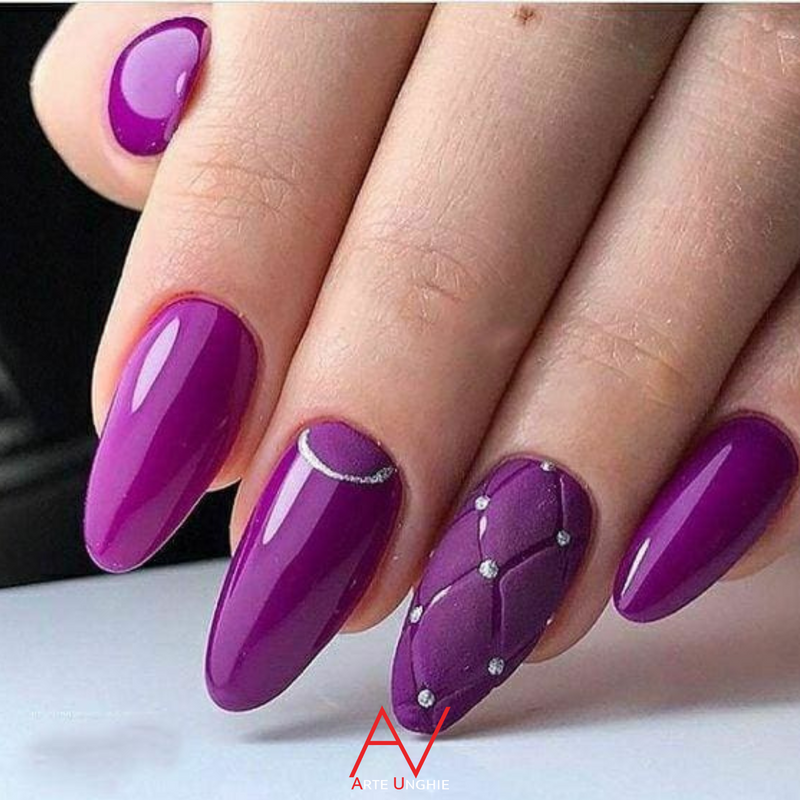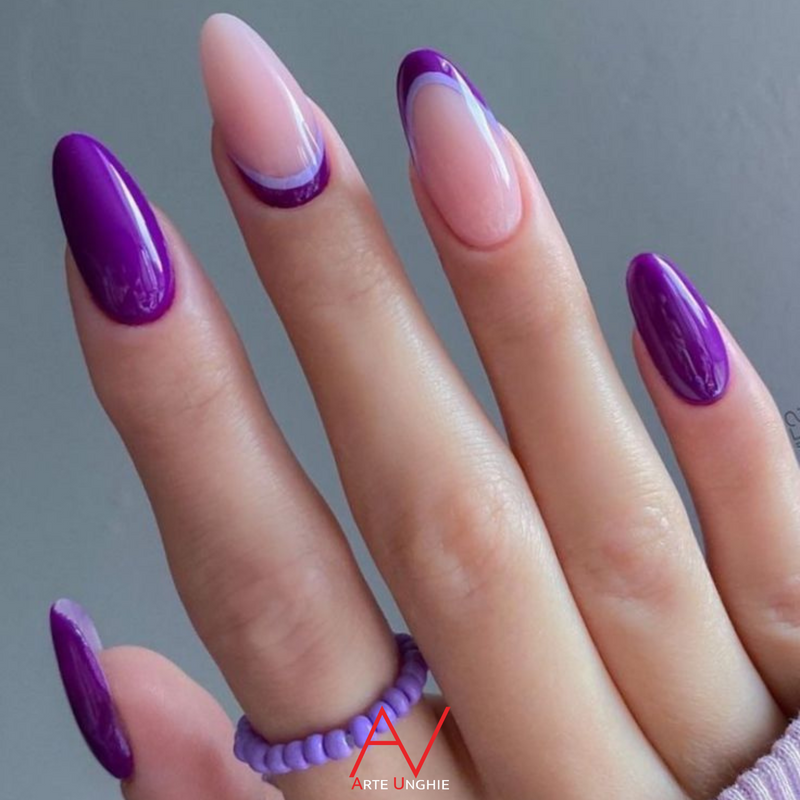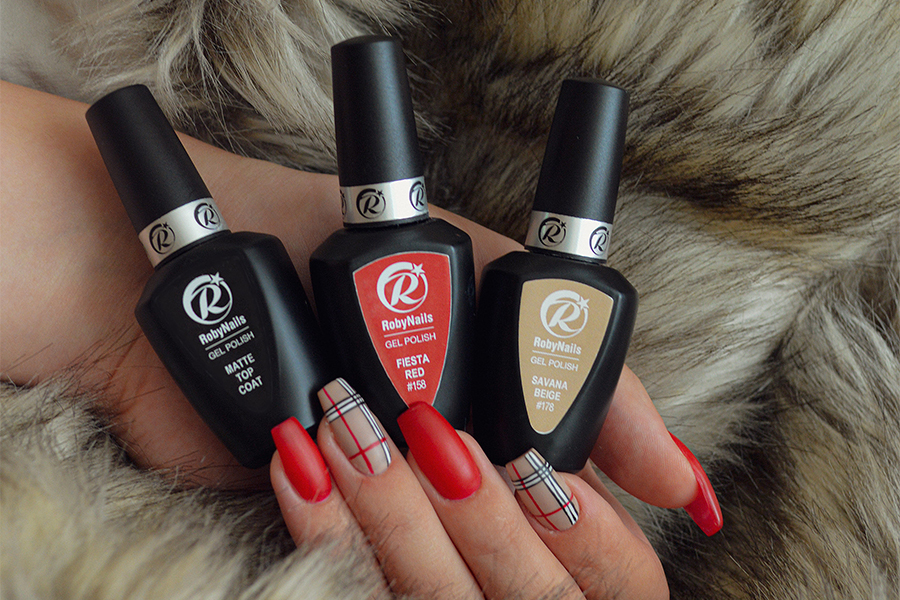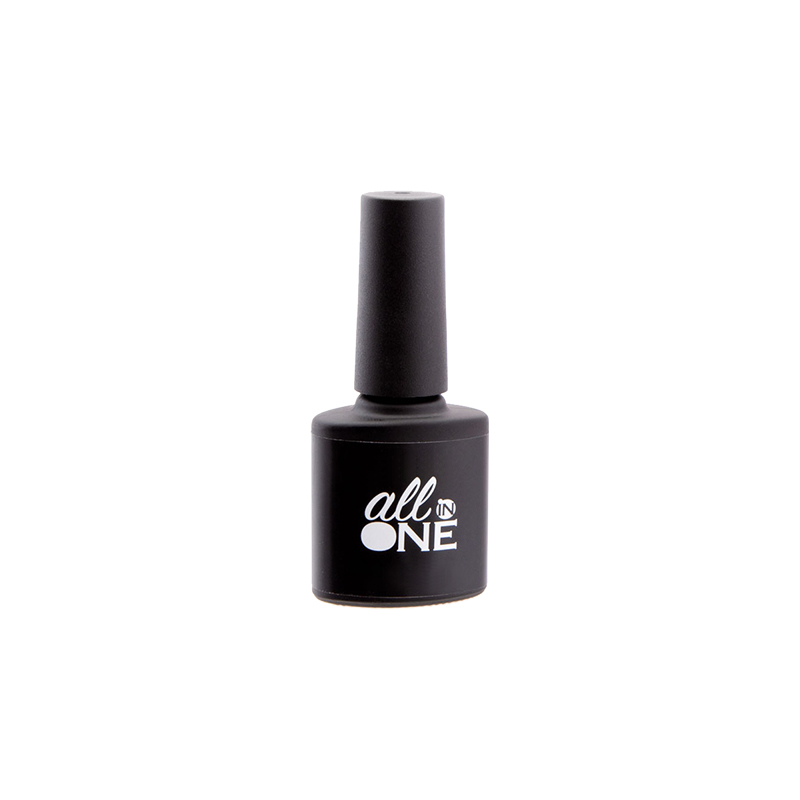
RSTYLE Kit Semipermanente Unghie, Kit Set Smalto Semipermanente Professionale Completo in 12 Pcs Gel Lampada 48w UV/LED Smalti Gel per Unghie San Valentino Bianco Nero Rosso : Amazon.it: Bellezza

3x L'Oréal Men Expert One Twist Colorazione All-in-One Tinta Semipermanente per Uomo Colore Castano Chiaro Naturale - 3 Tinte Semipermanenti : Amazon.it: Bellezza

COSCELIA Kit Semipermanente Unghie Completo con Gel Ricostruzione Unghie, 80W Lampada u v/led Unghie e Fresa Professionale, Kit all-in-one per Decorazione e Rimozione delle Unghie : Amazon.it: Bellezza




















